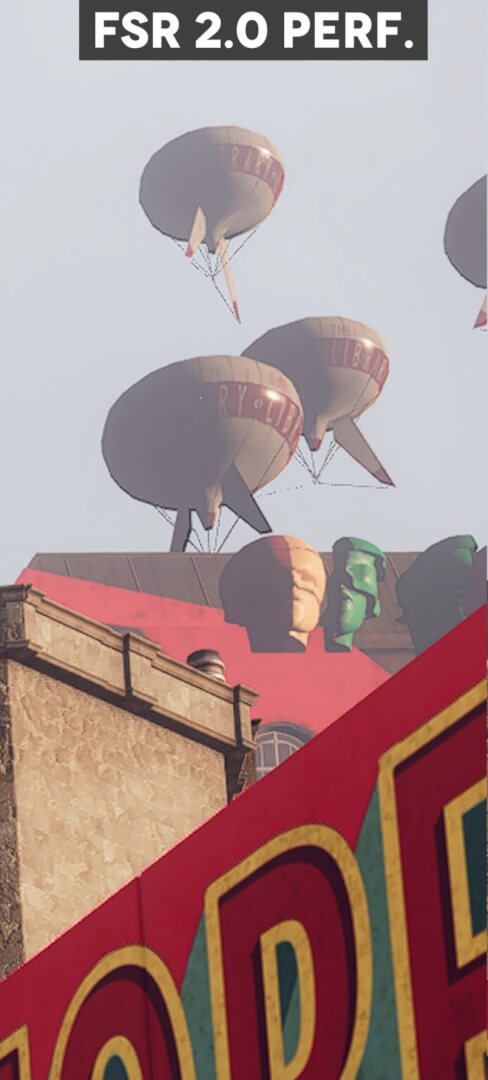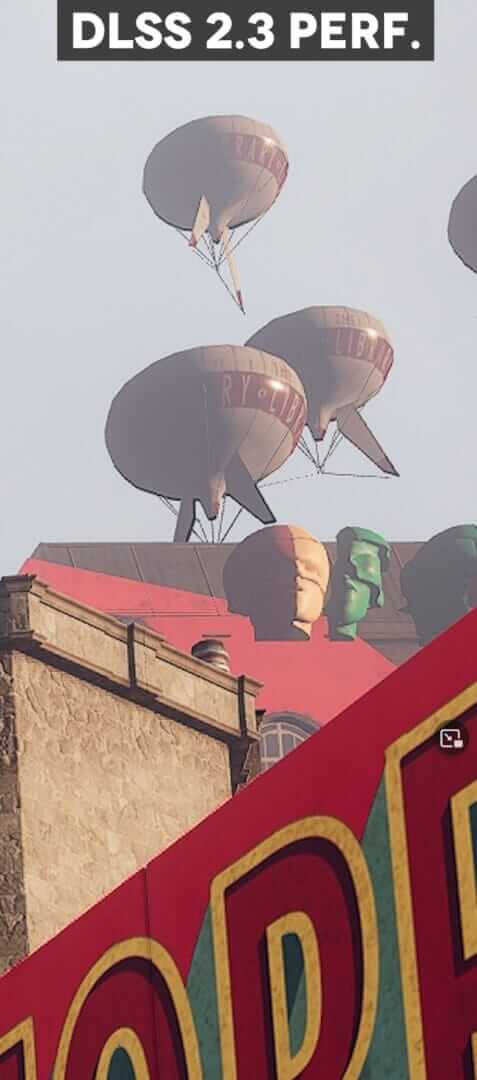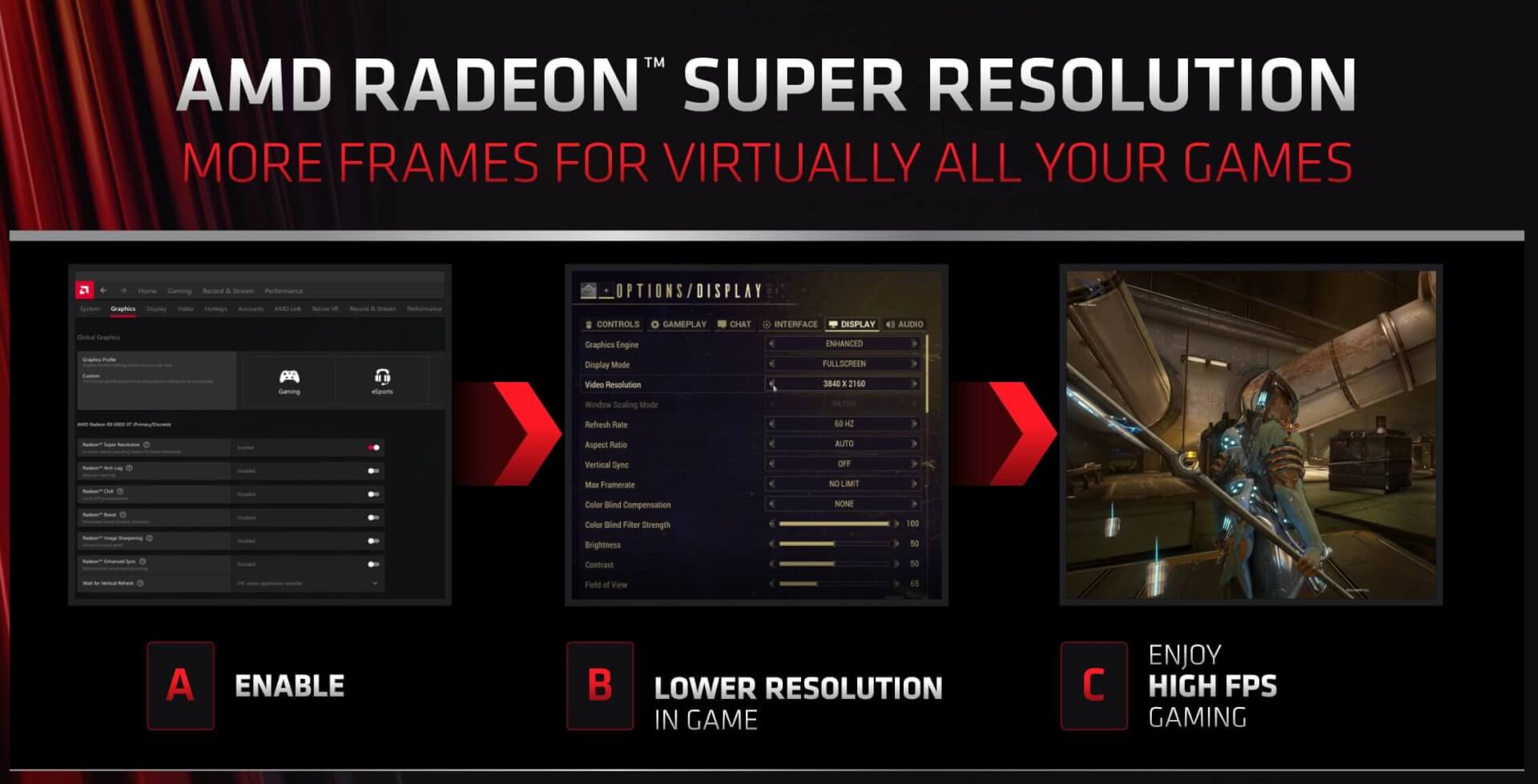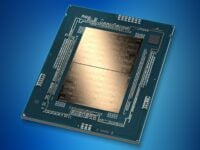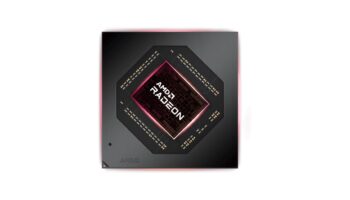The first comparisons of NVIDIA DLSS 2.x and AMD’s newly announced FSR 2.0 upscalers are finally out. Captured in the title Deathloop, these comparisons highlight the strengths and weaknesses of these advanced upscaling techniques. In a nutshell, both produce comparable levels of image quality with a focus on anti-aliasing and texture detail:
(Thanks to FPS and TechTesting for the comparisons)
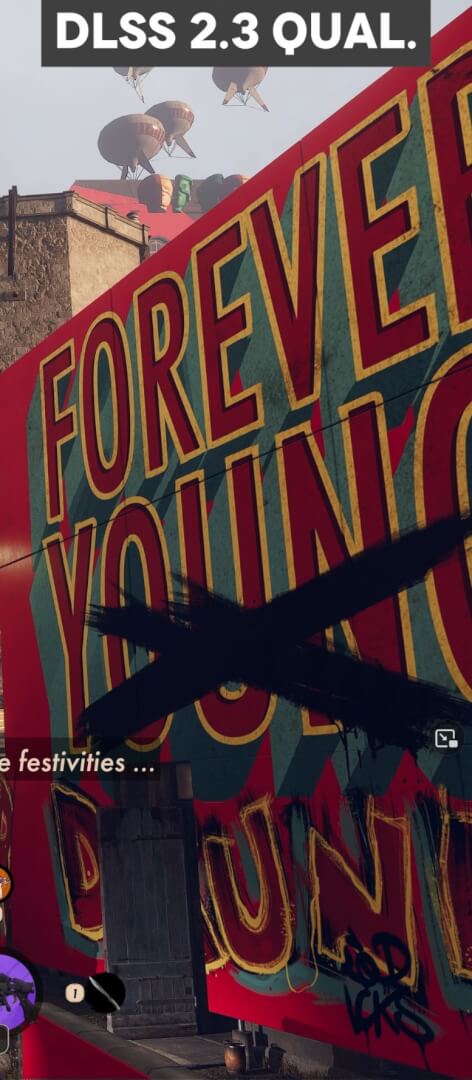
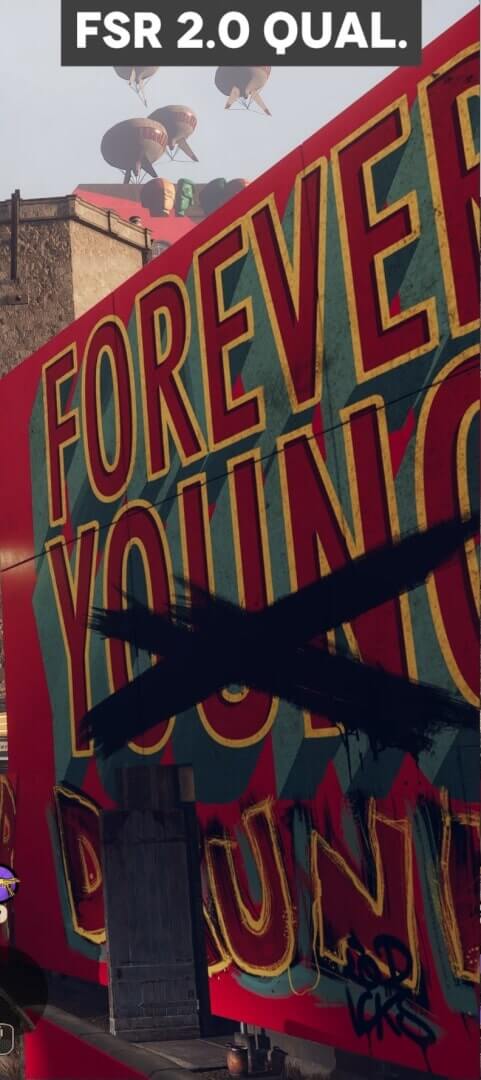
In the given images, focus on the air balloons. Thin meshes like the ropes are often prone to loss of detail and aliasing. Both DLSS 2.3 and FSR 2.0 do an excellent job smoothening out the jaggies while upscaling, but the latter produces a softer and less aliased image. Meanwhile, DLSS 2.3 has a sharper output which also results in increased aliasing and sharpening artifacts.
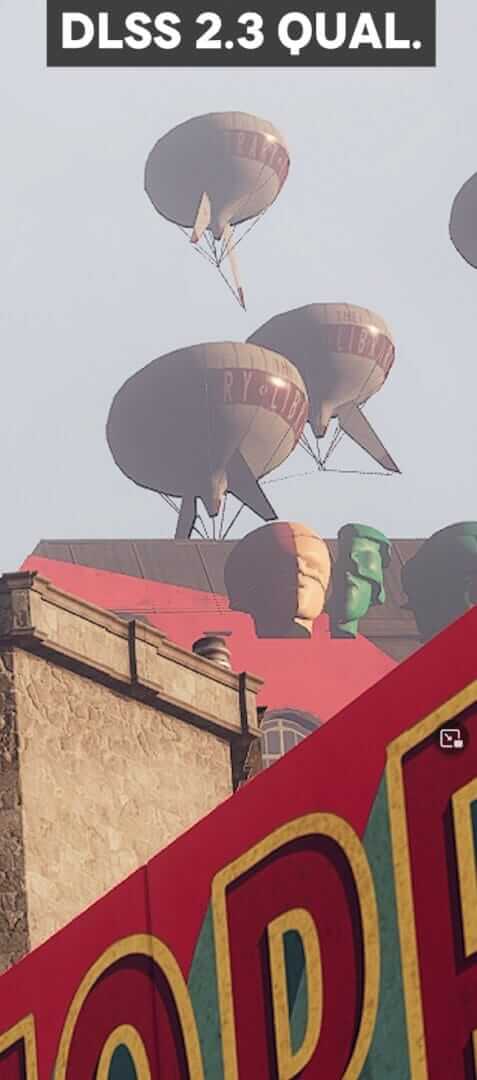
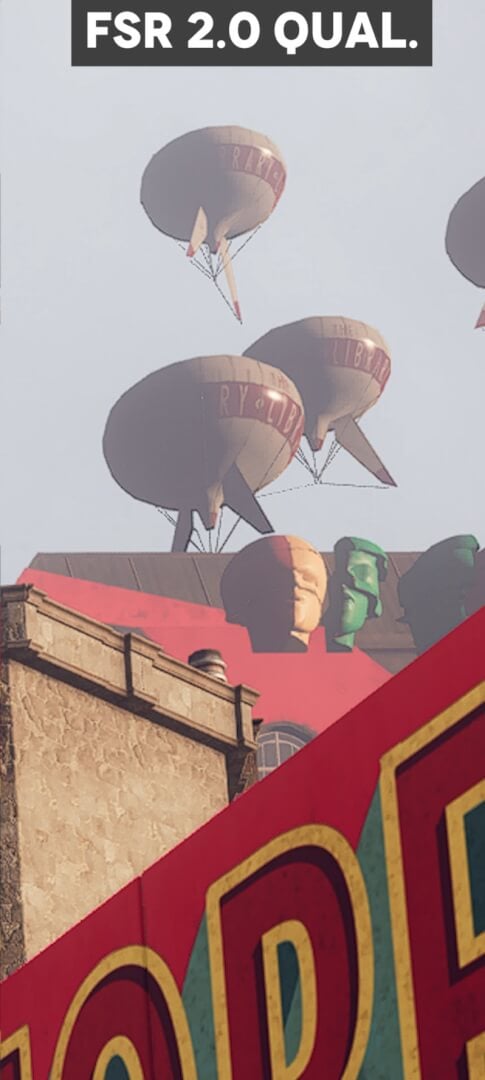
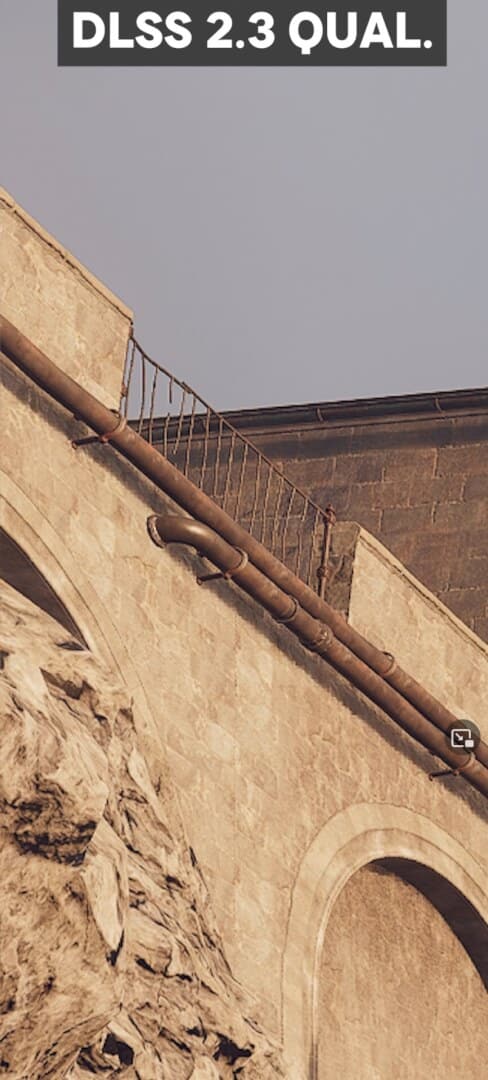
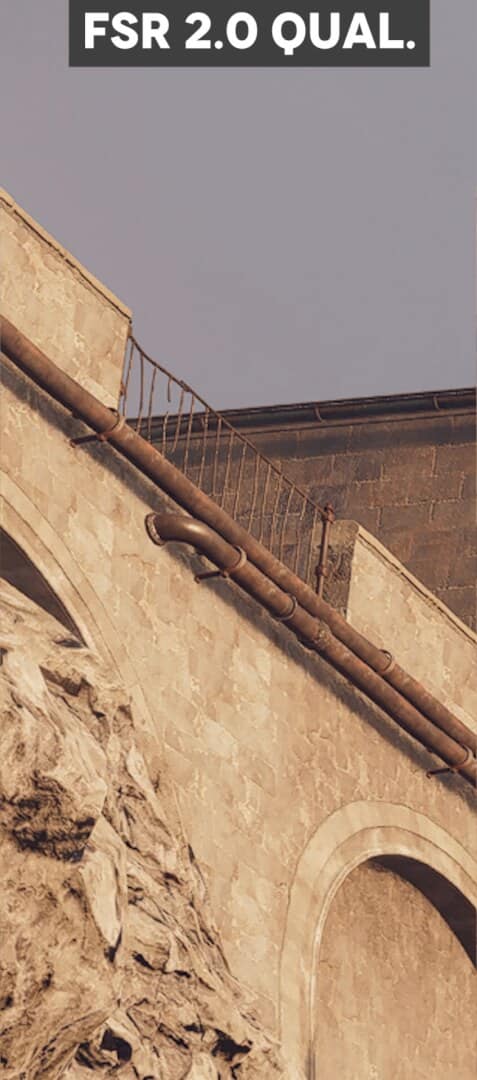
The same results can be observed in this next set of images. FSR 2.0 is much more efficient at smoothening the edges, improving even the shadow quality in the process. DLSS 2.3 renders a sharper image but also leaves a notable amount of aliasing in the output result.
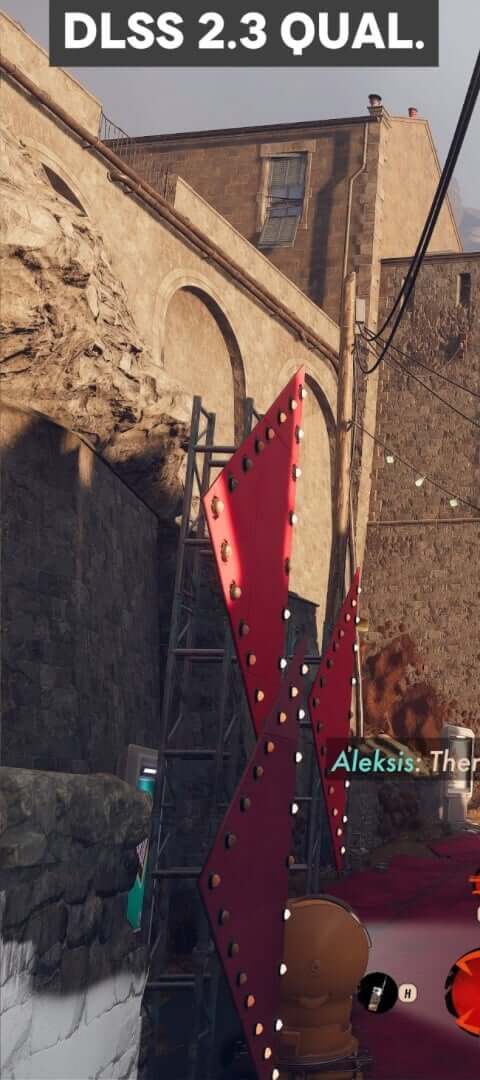
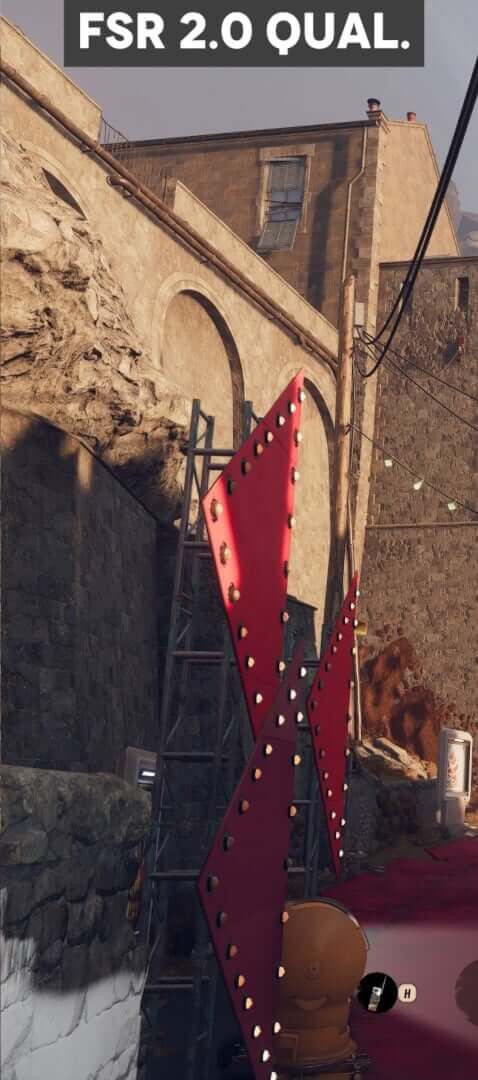
The side-effects of the upscalers become more prominent at the performance preset, but overall, the same data points are obtained. FSR 2.0 is better at anti-aliasing while DLSS 2.3 produces a sharper image.
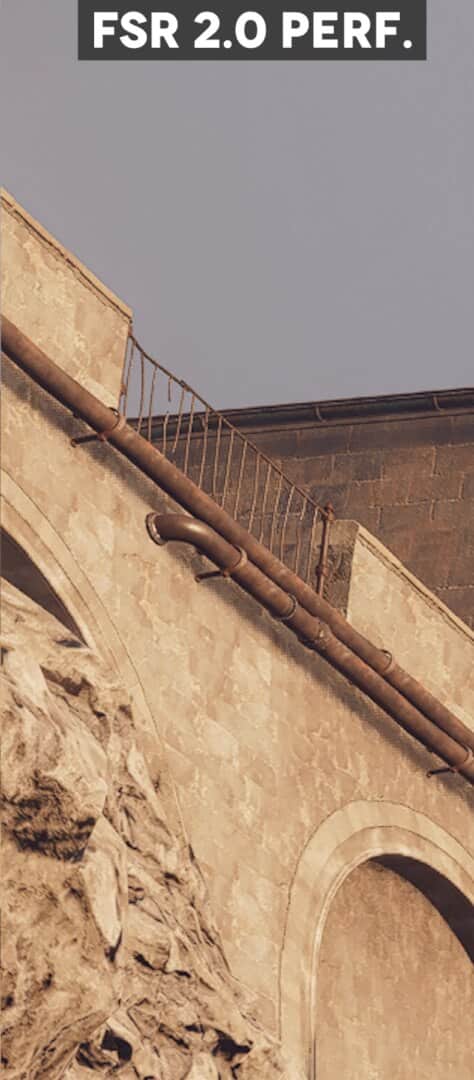
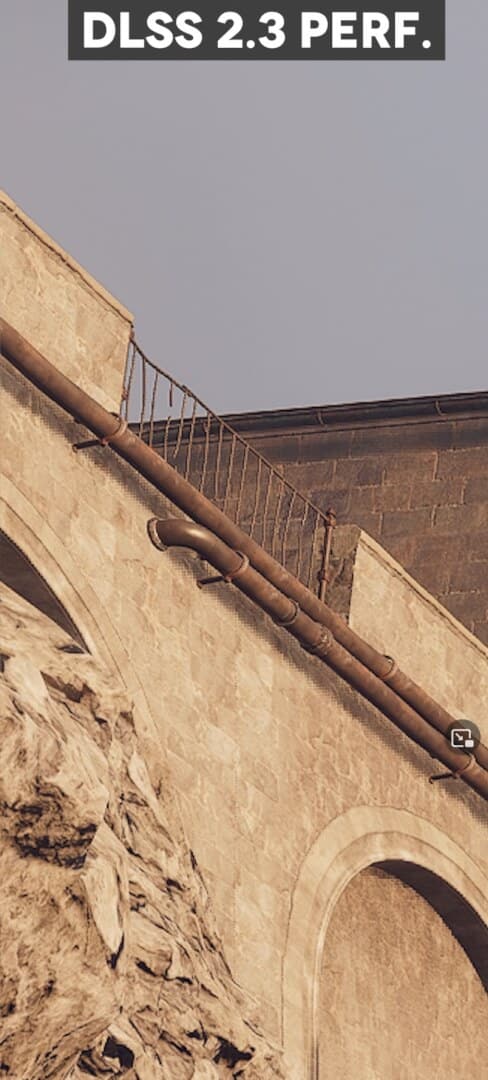
It’s worth noting that the sharpening-anti-aliasing ratio for both DLSS 2.x and FSR 2 will vary from game to game, and from one implementation to another. These ratios are set by the developers depending on the kind of textures used in the game, much the texture bias LOD setting for DLSS 2.
